Table of content
Zongzi, the iconic pyramid-shaped rice dumplings wrapped in bamboo or reed leaves, are a beloved culinary treasure deeply rooted in Chinese tradition. These sticky rice delights, often filled with sweet or savory ingredients like red bean paste, pork, or mushrooms, are enjoyed year-round but peak in popularity during the Dragon Boat Festival. For those seeking convenience without compromising taste, frozen zongzi has become a staple in many households. However, a common dilemma arises: How long should you cook frozen zongzi to ensure it’s thoroughly heated, tender, and safe to eat? This article delves into the science, techniques, and tips for achieving perfectly cooked frozen zongzi every time.
Understanding Frozen Zongzi: Composition and Challenges
Before diving into cooking times, it’s essential to grasp why frozen zongzi requires specific handling. Unlike fresh zongzi, which is steamed or boiled shortly after wrapping, frozen varieties undergo a flash-freezing process to preserve texture and flavor. This freezing step locks in moisture but also creates a dense structure that resists heat penetration. The rice, leaves, and fillings all contribute to the cooking challenge:
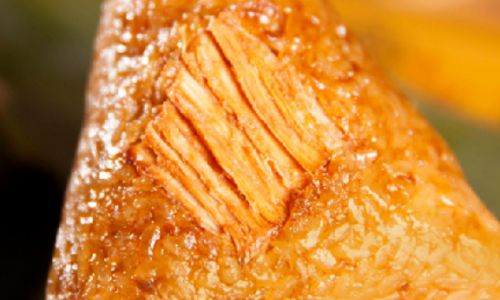
- Sticky Rice: Glutinous rice, the primary ingredient, becomes firm when frozen. It needs adequate time to rehydrate and soften.
- Leaf Wrappers: Bamboo or reed leaves act as insulators, slowing heat transfer.
- Fillings: Savory or sweet fillings may have varying densities, affecting cooking uniformity.
These factors mean that cooking frozen zongzi isn’t as simple as reheating leftovers. It demands patience and precision to avoid undercooked centers or overcooked, mushy exteriors.
Cooking Methods: Boiling vs. Steaming vs. Microwaving
The cooking method significantly impacts the time required to thaw and heat frozen zongzi. Let’s explore three common approaches:
Boiling: The Classic Approach
Boiling is the most traditional method, favored for its ability to evenly cook zongzi while infusing the rice with leaf aromas.
- Steps:
- Thawing (Optional): While some recipes skip thawing, partially defrosting zongzi in the refrigerator for 4–6 hours reduces cooking time.
- Water Volume: Use a large pot with enough water to submerge the zongzi completely.
- Heat Control: Bring water to a rolling boil, then reduce to a gentle simmer to prevent leaf disintegration.
- Cooking Time:
- Fully Frozen: 45–60 minutes.
- Partially Thawed: 30–40 minutes.
- Testing Doneness: Pierce the center with a skewer; if it glides through easily, it’s ready.
Steaming: Gentle and Aromatic
Steaming preserves the zongzi’s shape and prevents waterlogging, making it ideal for delicate fillings.
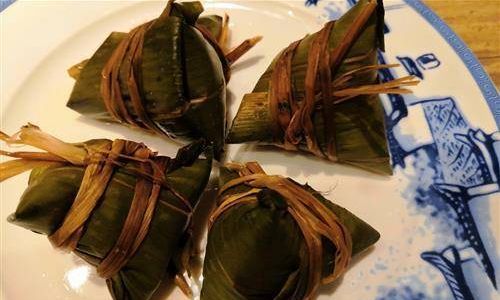
- Steps:
- Thawing: Not required, but thawed zongzi cooks faster.
- Equipment: Use a steamer basket lined with parchment paper to prevent sticking.
- Heat: Maintain steady steam over medium-high heat.
- Cooking Time:
- Fully Frozen: 60–75 minutes.
- Partially Thawed: 45–55 minutes.
- Visual Cues: Leaves will darken, and steam will escape steadily.
Microwaving: The Speed Demon
For time-strapped cooks, microwaving offers rapid results but requires careful monitoring to avoid dryness.
- Steps:
- Thawing: Essential for even cooking. Thaw in the fridge overnight or use the microwave’s defrost setting.
- Wrapping: Moisten a paper towel and wrap it around the zongzi to retain moisture.
- Power Level: Use 50% power to prevent uneven heating.
- Cooking Time:
- Per Zongzi: 3–5 minutes on each side (total 6–10 minutes).
- Adjustments: Add 2–3 minutes for extra-large zongzi.
- Safety Tip: Let it rest for 1–2 minutes after microwaving to distribute heat.
Key Factors Influencing Cooking Time
Several variables affect how long frozen zongzi needs to cook:
Size and Thickness
- Mini Zongzi (50–70g): 20–30 minutes (boiling).
- Standard (150–200g): 45–60 minutes (boiling).
- Jumbo (300g+): 75–90 minutes (boiling).
Filling Density
- Light Fillings (e.g., red bean): Cook faster as heat penetrates easily.
- Dense Fillings (e.g., pork belly): Require longer cooking to melt fats and soften ingredients.
Altitude
At high elevations, water boils at lower temperatures, extending cooking times by 10–15%.
Freezer Storage Duration
Zongzi frozen for over six months may need 5–10 extra minutes due to ice crystal formation.
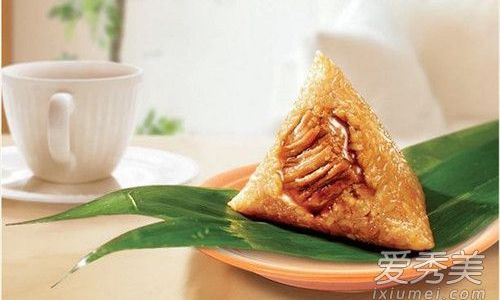
How to Test for Doneness
Relying solely on time can lead to mistakes. Use these methods to confirm readiness:
- Temperature Check: Insert a food thermometer into the center; it should read 75°C (167°F) or higher.
- Texture Test: Gently squeeze the zongzi—it should feel soft but not mushy.
- Leaf Unwrapping: The leaves should peel away easily, revealing glossy, sticky rice.
Common Mistakes to Avoid
- Skipping Thawing: Cooking from fully frozen adds 15–20 minutes and risks uneven heating.
- High Heat: Boiling too vigorously causes leaf splitting and rice spillage.
- Overcrowding the Pot: Overlapping zongzi blocks heat circulation, leading to inconsistent results.
- Undercooking: Biting into a cold center risks foodborne illness, as frozen zongzi isn’t sterile.
Storing and Reheating Leftovers
Proper storage ensures safety and quality:
- Cooling: Let cooked zongzi cool at room temperature for no more than 2 hours.
- Refrigeration: Store in airtight containers for up to 4 days.
- Reheating: Use the same method as initial cooking but reduce time by 20–30%.
The Cultural Significance of Zongzi
Beyond culinary techniques, zongzi carries historical weight. Legend has it that they were thrown into rivers to feed the patriotic poet Qu Yuan, preventing fish from eating his body. Today, they symbolize unity, heritage, and seasonal transitions. Cooking frozen zongzi isn’t just about timing—it’s a nod to tradition, allowing modern kitchens to honor centuries-old rituals.
Conclusion: Mastering the Art of Frozen Zongzi
Cooking frozen zongzi to perfection is a balance of science and intuition. By understanding the interplay of freezing, heat transfer, and ingredients, you can transform a frozen brick into a culinary masterpiece. Whether you prefer the gentle simmer of boiling, the aromatic steam, or the speed of the microwave, patience and attention to detail are your greatest allies. So the next time you unwrap a frozen zongzi, remember: the journey from icy stiffness to tender, leaf-scented delight is worth every minute.
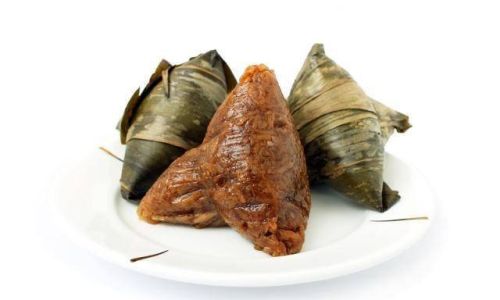

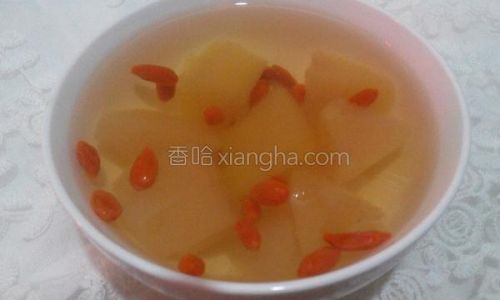
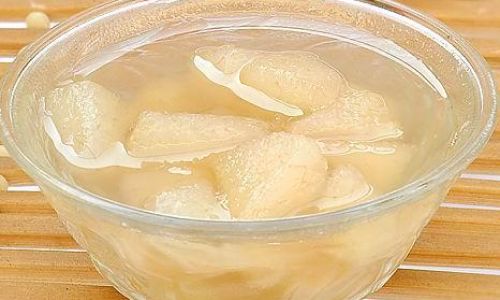

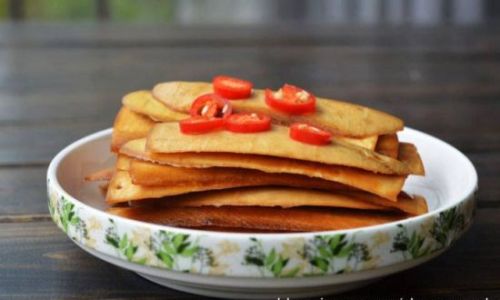
0 comments